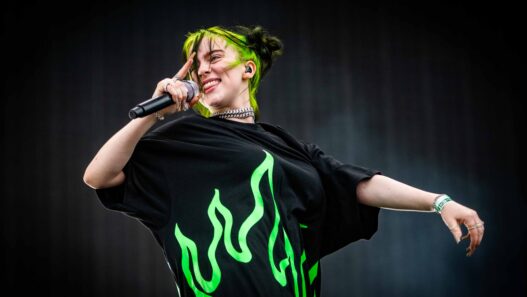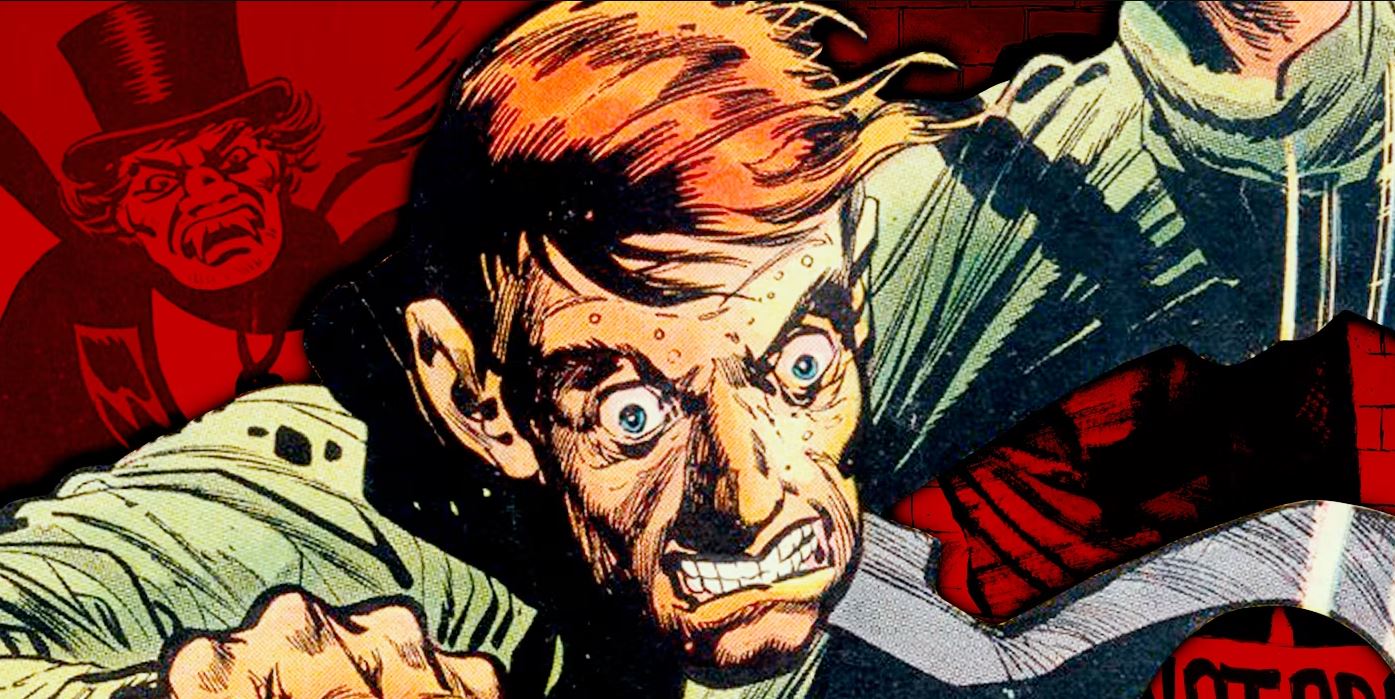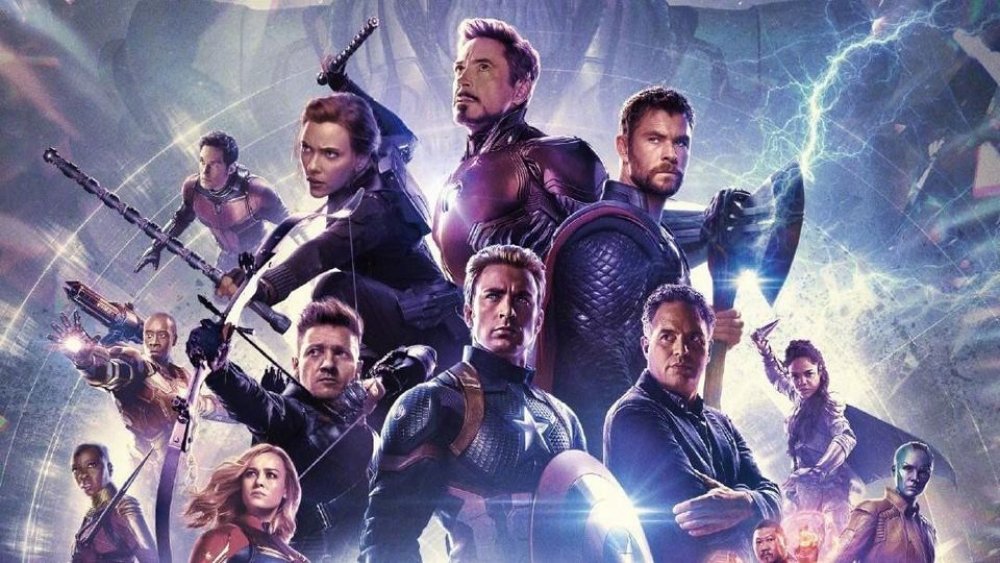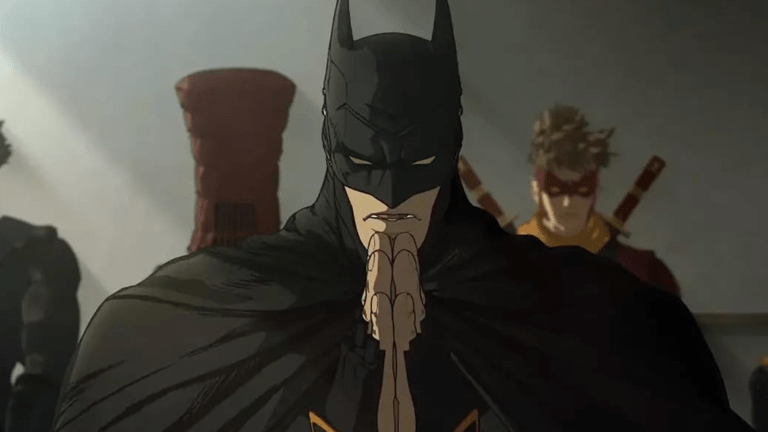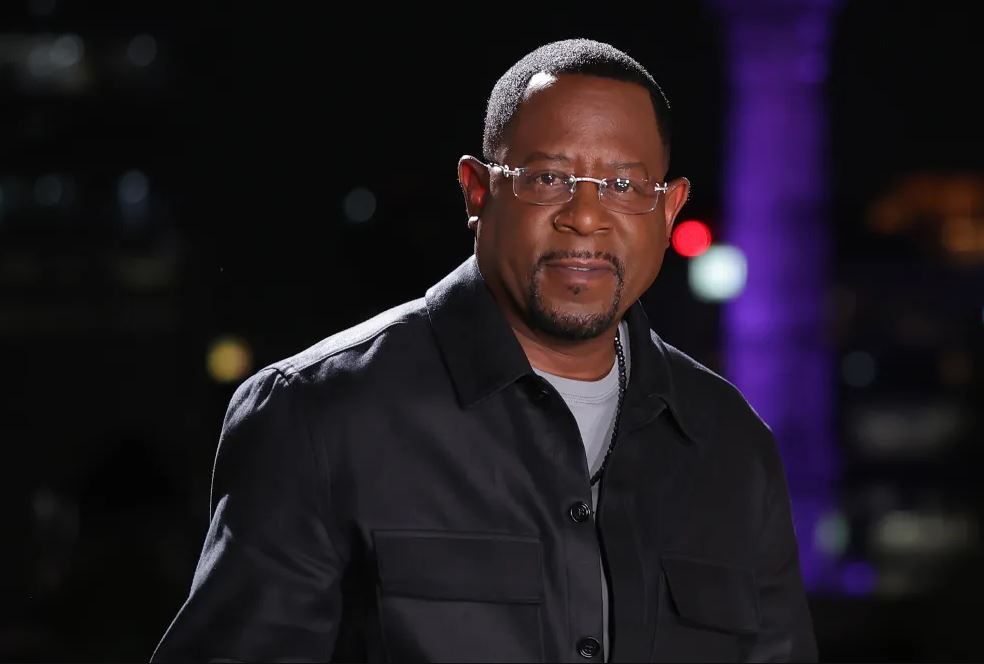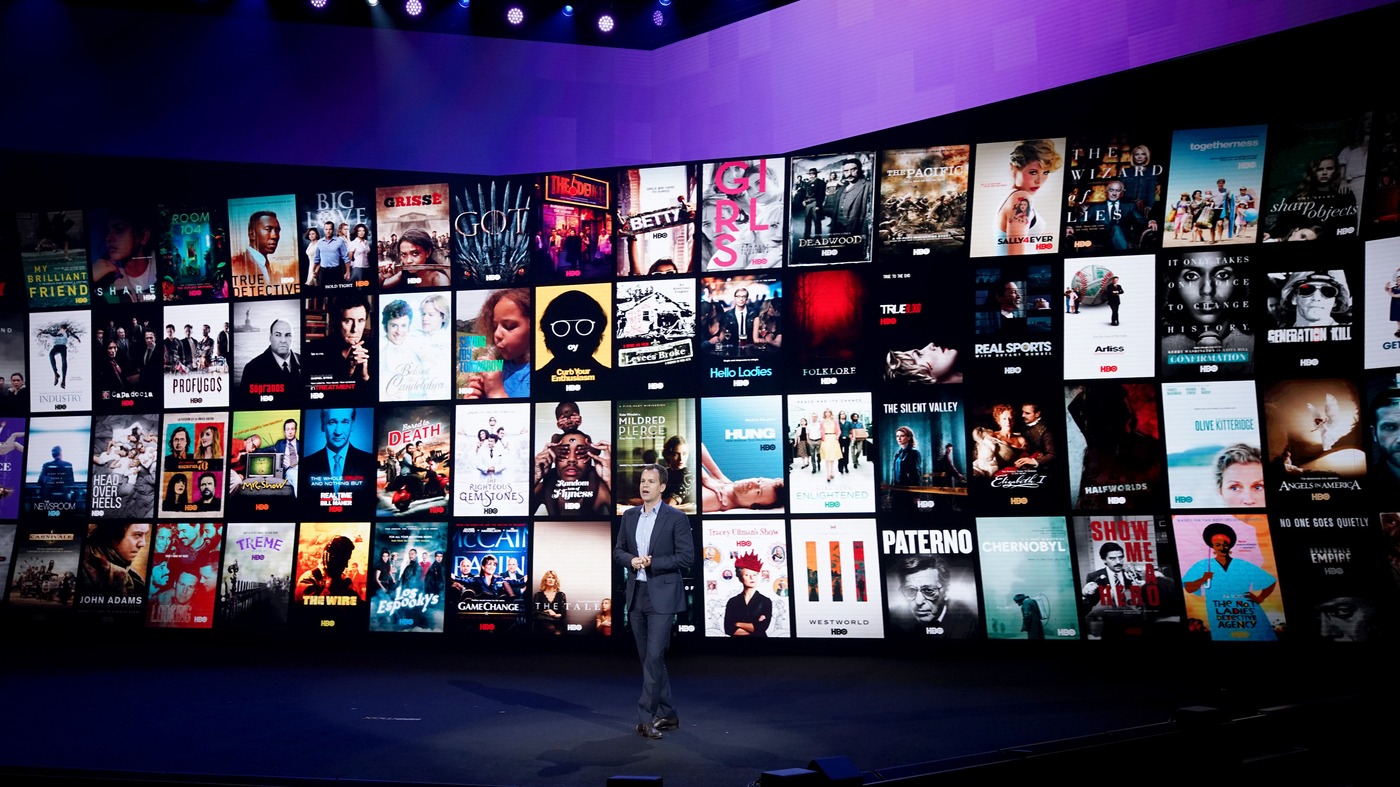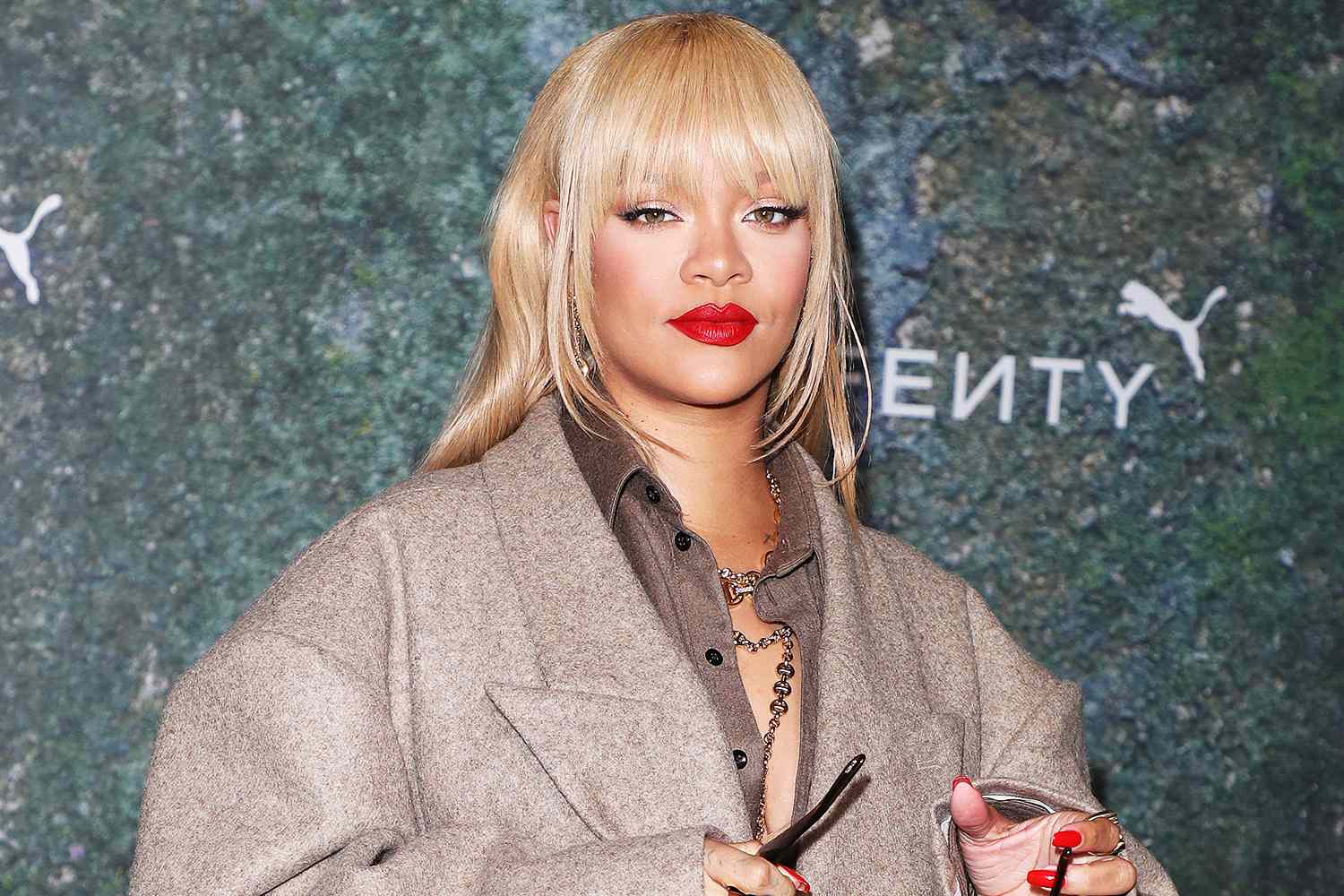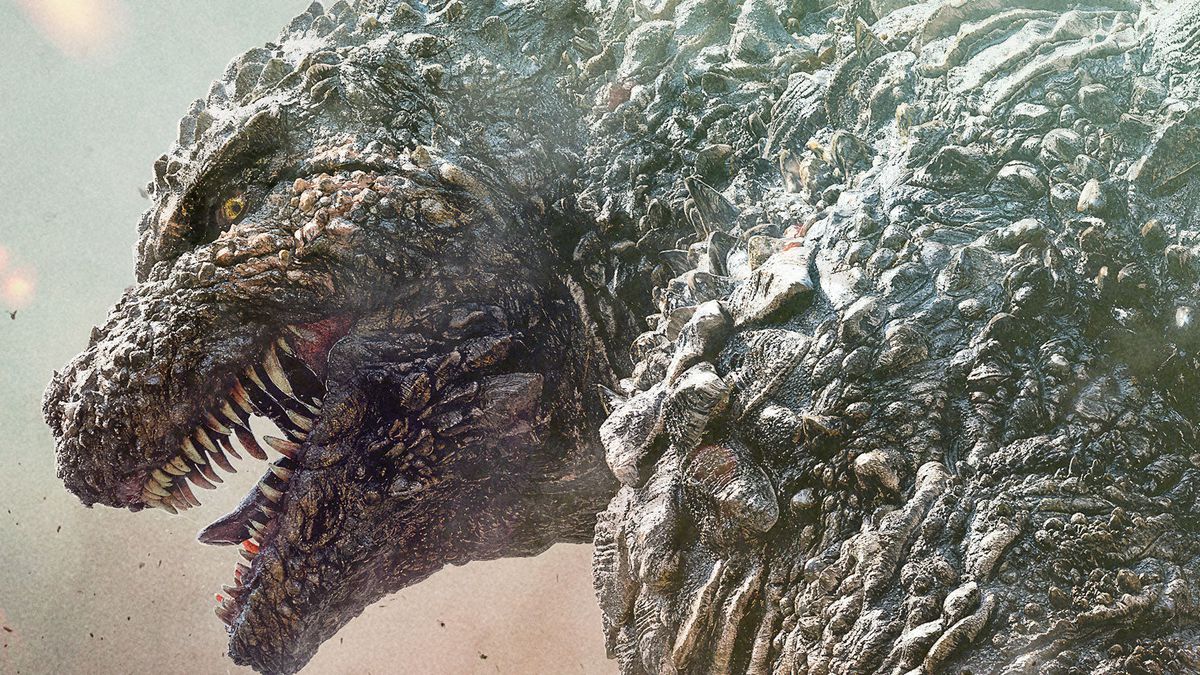Horror comics have long occupied a fascinating space in the world of sequential art. Once rivals to superhero titles, they delivered a chilling counterpoint, delving into the macabre and the monstrous. This article explores the rollercoaster ride horror comics have taken, from their golden age dominance to their near-extinction and their recent resurgence in the independent scene.
Golden Age Ghouls: When Horror Ruled the Panels
The Golden Age of Comics (roughly the 1930s to the 1950s) saw an explosion of creativity, and horror was a major player. Titles like “Tales from the Crypt” and “Vault of Horror” enthralled readers with stories featuring vampires, werewolves, and all manner of supernatural threats. These comics weren’t afraid to push boundaries, often featuring violence and imagery that would be considered tame by today’s standards, but shocking for their time.
The Comics Code: A Chilling End to an Era
However, by the 1950s, concerns arose about the perceived negative influence of horror comics on young readers. The infamous Comics Code Authority (CCA) was established in 1954, imposing strict censorship guidelines on content deemed too violent or sexually suggestive. Major comic book publishers, wary of losing access to newsstands, largely abandoned horror titles, leading to a near-disappearance of the genre from the mainstream.
Horror’s Haunting Return: Thriving in the Indies
Though seemingly vanquished, horror comics refused to stay buried. The independent comics scene, free from the constraints of the CCA, provided a fertile ground for the genre’s return. Modern horror comics are a far cry from their simpler Golden Age counterparts. Acclaimed writers like Scott Snyder (“Wytches”) and Joe Hill (“Locke & Key”) are crafting sophisticated narratives that explore the depths of human darkness, psychological horror, and the anxieties of the modern world.
Beyond Capes and Tights: Why Horror Comics Still Resonate
Unlike superhero comics, which often celebrate power and overcoming challenges, horror revels in vulnerability and the unknown. It taps into our primal fears, forcing us to confront the darkness within ourselves and the world around us. This ability to provoke genuine fear and unease is precisely what makes horror comics so enduringly popular.
The horror comics genre may have faced its share of chills, but its enduring appeal and modern-day resurgence prove that there’s a dedicated fanbase for comics that don’t shy away from exploring the darker corners of the human experience. With talented creators pushing the boundaries of storytelling, horror comics are poised to continue delivering thrills and chills for a new generation of readers.





